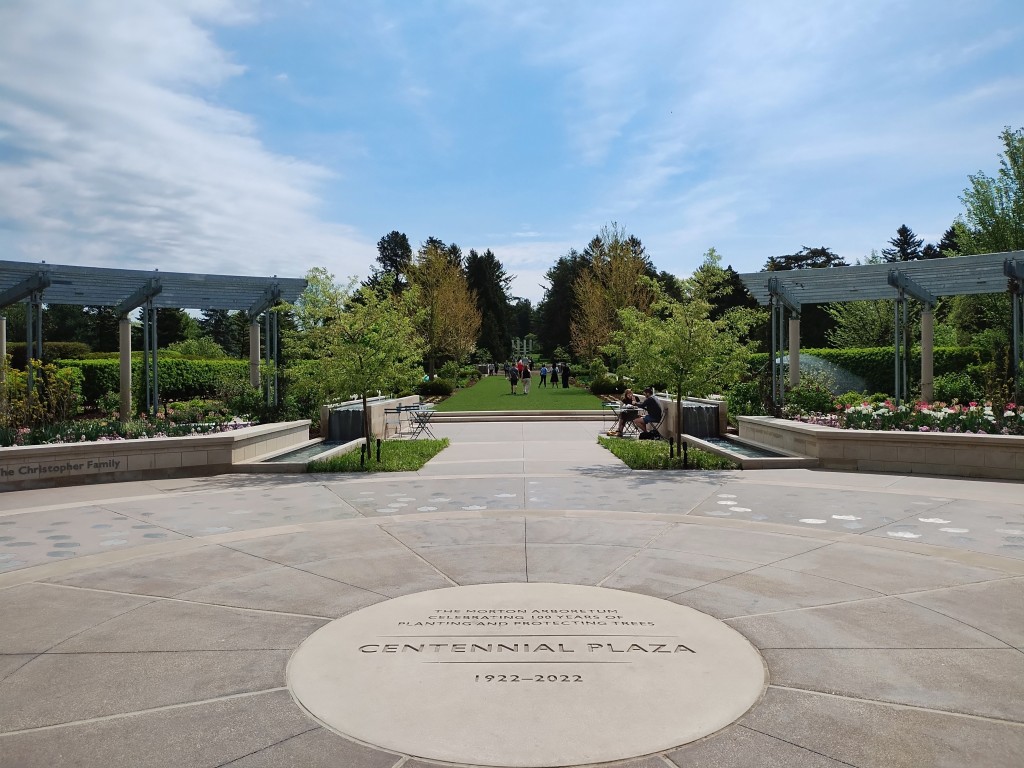In recently looking at the list of the “2024 Best Suburbs to Live in America” according to Niche, I was curious about their methodology. Here are the factors they consider:

This is a long list and it is hard to quickly think of something that should be on the list that is not.
But is this how people select a house or a community? Do they look at all of these factors? Do some of these play a more outsized role than others? Imagine a realtor having a list like this with potential buyers and going through each factor. If you put people in a more controlled setting and asked them to decide between potential suburban places to live, is this how they would decide?
I suspect making a decision is less rational than this full list suggests and is more about having a feeling about a particular house, neighborhood, and/or community. They hear from people or they enjoy driving through the community or what they see in a particular residence appeals to them. Of course, different buyers or potential residents might emphasize different factors and still arrive at the same outcome.









